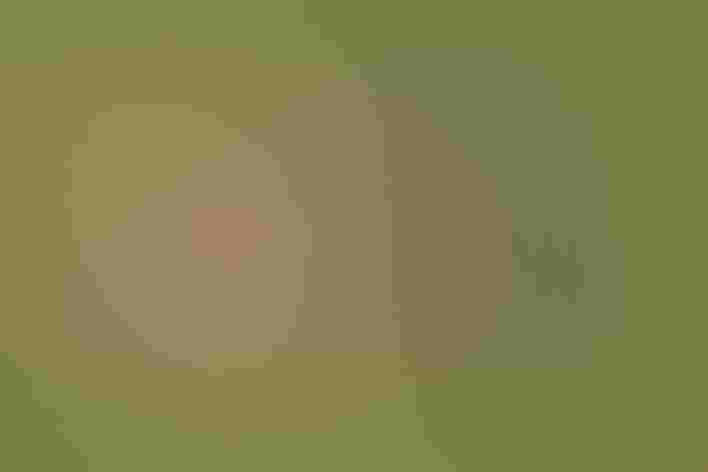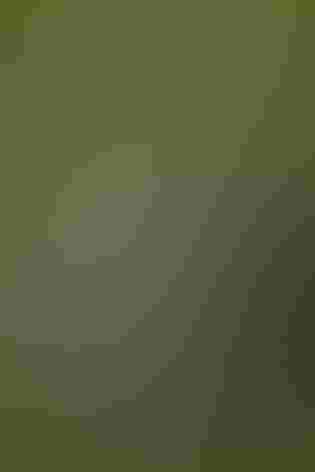Gray Partridge
At a Glance
Because of its popularity as a gamebird in Europe, the Gray Partridge was brought to North America as early as the 1790s, although it was not really established here until later. It has been most successful on the northern prairies, where it often does very well in farm country. Gray Partridges live in flocks, or coveys, at most times of year. Even where they are common, they often go unseen as they forage in the tall grass.
All bird guide text and rangemaps adapted from by Kenn Kaufman© 1996, used by permission of Houghton Mifflin Harcourt Publishing Company. All rights reserved.
Category
Pheasants and Grouse, Upland Ground Birds
IUCN Status
Least Concern
Habitat
Fields, Meadows, and Grasslands, Shrublands, Savannas, and Thickets
Region
Eastern Canada, Great Lakes, Mid Atlantic, Northwest, Plains, Rocky Mountains, Southwest
Behavior
Flap/Glide, Flushes, Rapid Wingbeats, Running
Population
8.200.000
Range & Identification
Migration & Range Maps
North American populations apparently do not migrate. Some in eastern Europe may move south in particularly harsh weather.
Description
12-14" (30-36 cm). Mostly gray below, with orange face and throat. Chestnut patch on belly (reduced on female). In flight, short tail shows rusty outer feathers.
Size
About the size of a Crow, About the size of a Robin
Color
Brown, Gray, Orange, Red, White
Wing Shape
Fingered, Short
Tail Shape
Rounded, Short, Square-tipped
Songs and Calls
Hoarse kee-ah; when flushed, a rapid cackle.
Call Pattern
Falling, Flat
Call Type
Chatter, Odd, Rattle
Habitat
Cultivated land, hedgerows, bushy pastures, meadows. Mostly lives in grasslands and agricultural fields. Farmland is excellent habitat as long as hedgerows and shelterbelts are left between fields. In winter often in stubble fields, moving into edges of woodlots in harsh weather.
Sign up for ÃÛèÖAPP's newsletter to learn more about birds like the Gray Partridge
Behavior
Eggs
Usually 12-18, sometimes up to 22 or more, sometimes fewer than 10. Fewer eggs in later clutches. Eggs buff, brown, or olive. Incubation begins after last egg is laid; until that time, eggs are covered with grass and weeds when female is away from nest. Incubation is by female only, 21-26 days, usually 25.
Young
All eggs usually hatch on same day, and downy young leave nest together with parents. Both parents tend young and may lead them directly to food, but young feed themselves. Young can make short flights at less than 2 weeks, may be full-grown at 3-4 months, remain with parents through first winter.
Feeding Behavior
Forages in coveys most of year, alone or in pairs in spring. Takes most food from ground. In winter, may burrow into snow to reach seeds on ground.
Diet
Mostly seeds, also leaves and insects. Eats seeds from a wide variety of plants, including many grasses and weeds, also waste grain from crops such as wheat, oats, corn, sunflower. Seeds are most of diet in fall and winter; eats more green leaves in spring, insects in summer. Young chicks eat mostly insects.
Nesting
In courtship, male stands upright, flicks tail up and down, puffs out chest feathers to display dark belly patch and barred flanks; female approaches with bobbing movements of head. Nest site is on ground among dense cover, sometimes in open field but more often under hedgerow or shelterbelt or on brushy roadside. Nest (built by female, with male keeping watch nearby) is a shallow scrape lined with grass, leaves.
Conservation
Conservation Status
North American population may be lower now than in 1950s, but still widespread, common in many areas.
Climate Threats Facing the Gray Partridge
Choose a temperature scenario below to see which threats will affect this species as warming increases. The same ÃÛèÖAPP change-driven threats that put birds at risk will affect other wildlife and people, too.






